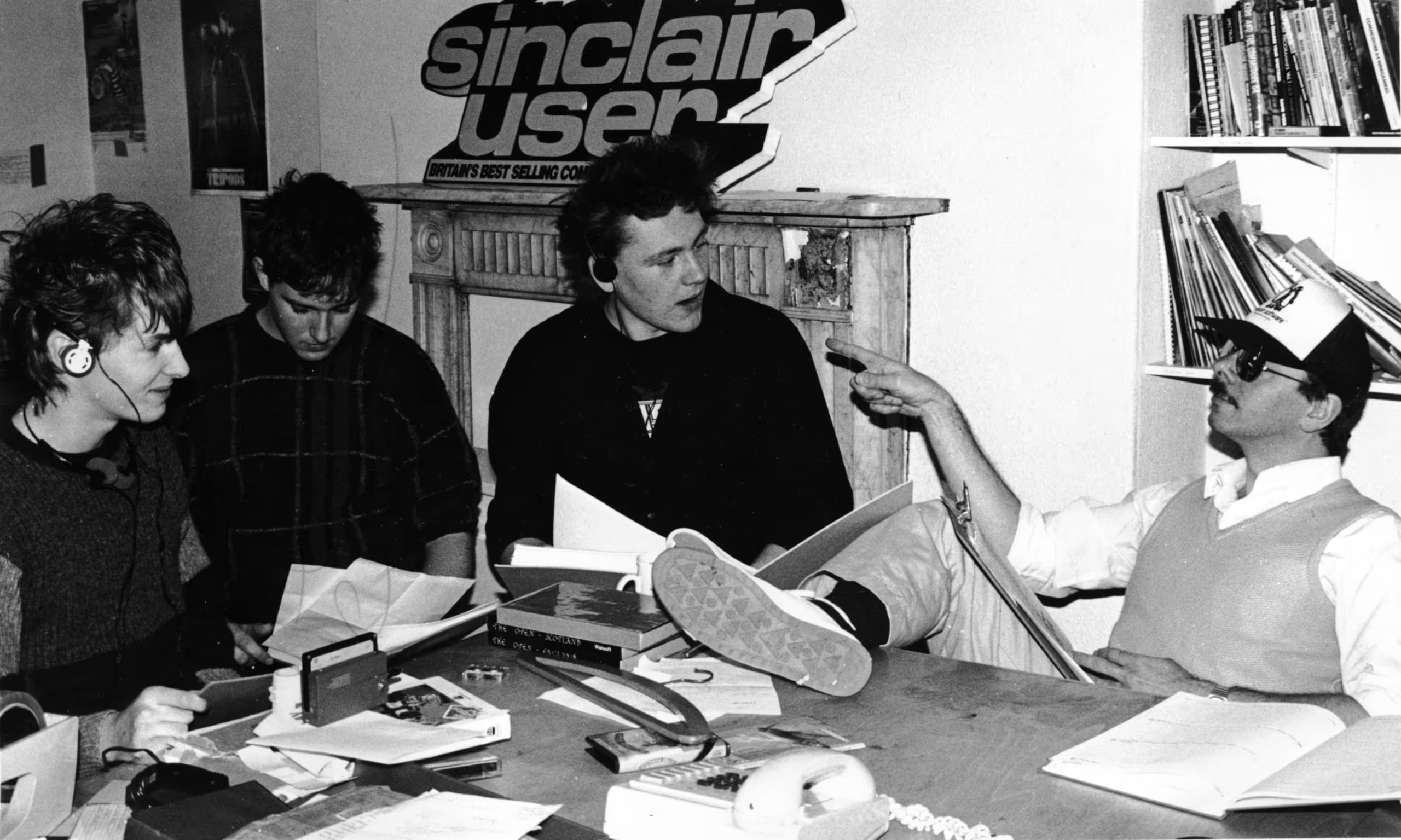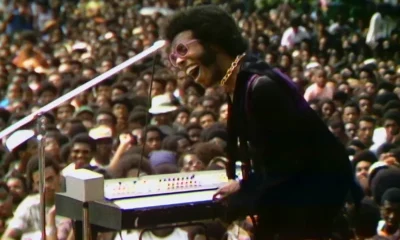International
Retro Gaming Journalism: From Chaos to Connection

In the summer of 1985, a young gamer made his way to the Commodore computer show in London, eager to meet Julian Rignall, a prominent figure in video game journalism. The excitement stemmed from magazines such as Crash and Zzap!64, which were crucial sources of news and reviews during the boom of the C64 and ZX Spectrum home computers. Rignall’s book, “The Games of a Lifetime,” reveals the humble beginnings of gaming magazines, starting with Zzap!64 in a small rented office in Yeovil, where the work environment consisted of just a couple of computers in a broom cupboard.
By the late 1980s, the publishing process was still heavily reliant on outdated methods. Content was manually typed, printed, and physically cut and assembled using scissors and glue. Capturing screenshots involved using film cameras pointed at CRT screens, with complicated setups requiring dark rooms and precise timing to avoid image blur. This chaotic production environment led to frequent errors in publications, reflecting the inexperience of small editorial teams charged with producing large volumes of content.
As the decade progressed, the focus in gaming began to shift from home computers to consoles, and there was a growing interest in Japanese gaming developments. Tony Takoushi gained recognition for his columns on Japanese games for UK publications, bridging the gap between the two markets. Overall, magazines played a vital role in shaping video game culture, creating connections between developers and readers and contributing to the evolution of games journalism from a chaotic process in the 1980s to a more professional industry by its end, fueled by advances in technology and a focus on reader engagement.
Source: THE GUARDIAN













